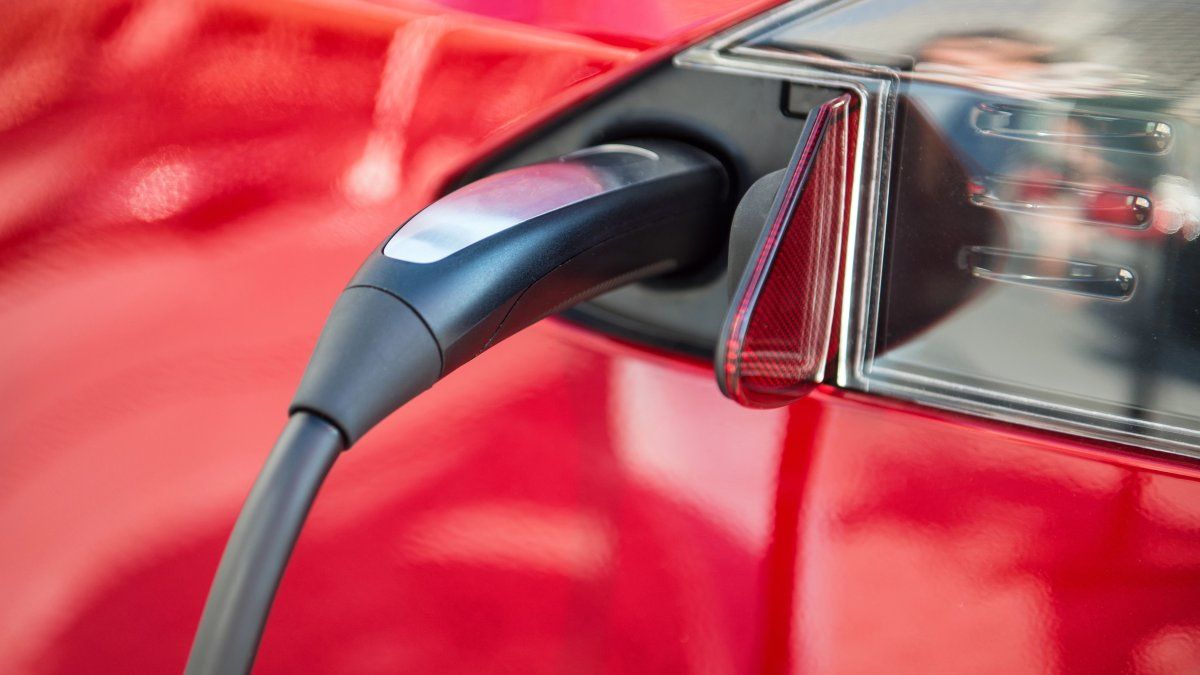From the lubricant sector, we are direct witnesses of the change that crosses the global automotive industry. Mobility electrification not only transforms engines, but redefine technologies, habits and logistics challenges.
For decades, the combustion engine reigned without rivals. But in recent years, that hegemony began to crack before the arrival of new cleaner motorization technologies. Electric and hybrid cars are no longer a futuristic promise: they are a reality that expands in much of the world. However, in Argentina, the transition advances slower and raises its own challenges.
In 2024, global electric car sales exceeded 14 million units, led by China, Europe and the United States. The growth was 35% compared to 2023, according to data from the International Energy Agency. Meanwhile, hybrids gain ground as an intermediate alternative: they allow to reduce fuel consumption and emissions without depending exclusively on electric charge infrastructure, still limited in many countries.
In addition to this last point, purely electric vehicles raise some questions: the flammability of the battery before a collision, the limitation to circulate on partially flooded roads, the cost and load time of the battery, the depreciation of the value of the rolling for the exhaustion of the battery, which represents 40% of the total value of the unit, among other issues. Even some specialists consider if it is truly a cleaner option, considering that in many places the electricity is generated through conventional thermal plants that use fossil fuels.
The European Union has already set a specific date: from 2035 new internal combustion vehicles cannot be sold in community territory or can circulate through large cities. The message is clear: the traditional engine has expiration date. Although the objective is not achieved without a doubt the trend goes in that regard.
In Argentina, the panorama is more complex. Although the automotive park with clean technologies remains marginal – less than 2% of the total in circulation – a growing trend is also observed. In 2024, 14,175 hybrid or electric vehicles were patented, a record for the country, but still far from the regional average.
The road to a more sustainable mobility is conditioned, in the immediate future, by several factors: the cost of vehicles, the lack of sustained tax incentives, the low network of electric loaders – which today does not exceed 300 points throughout the country – and an economic situation that limits consumption capacity.
Even so, there are signs of change: this year an aliquot of 0% was established in the right of extrazone importation for these vehicles, a policy that seeks to encourage the availability of clean technologies in the local market and foster its adoption. For this year the sale of hybrid and electric vehicles is expected to reach 50,000 units. However, these measures have generated debates in the industrial sector.
So what will the future hold for Argentina? Hybrids are emerging as the most viable option for the short term, due to their extended autonomy and lower infrastructure dependence. In the long term, pure electricity will be inevitable, pushed by global environmental pressure and technological evolution.
The real challenge, then, is not only technical: it is also political, economic and strategic. Sustainable mobility demands firm decisions: investment in infrastructure, stimuli for local production and accompaniment to the consumer in this transition.
The future does not expect. The decision is not if we are going to change, but how quickly we are willing to do so. And the change engine is already underway.
Marketing Manager Southern & Western Americas – Petronas Lubricants International
Source: Ambito
David William is a talented author who has made a name for himself in the world of writing. He is a professional author who writes on a wide range of topics, from general interest to opinion news. David is currently working as a writer at 24 hours worlds where he brings his unique perspective and in-depth research to his articles, making them both informative and engaging.




